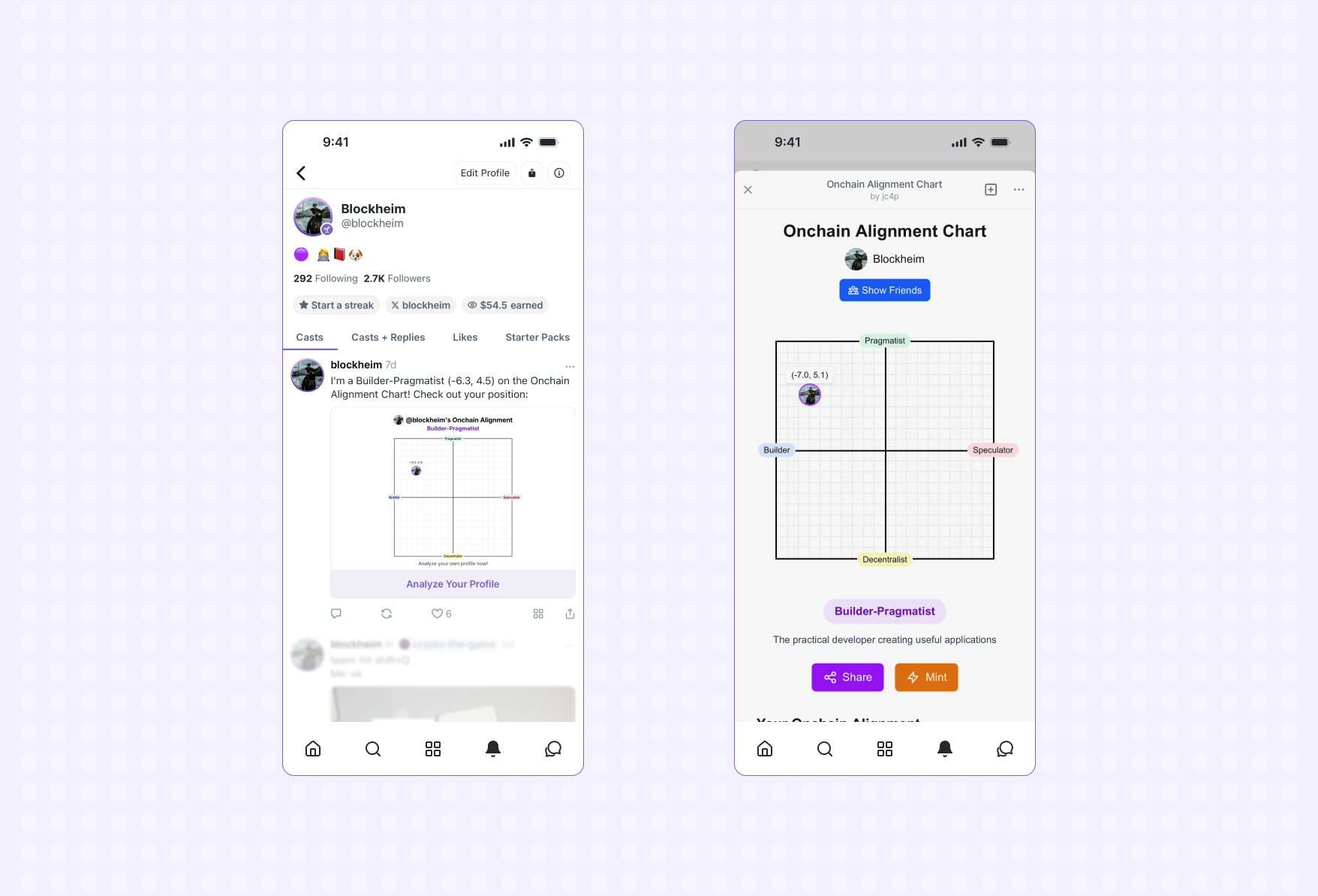Authenticating users

A user opens an app and is automatically signed in
Mini Apps can seamlessly authenticate Farcaster users to create secure sessions.
Quick Auth
The easiest way to get an authenticated session for a user. Quick Auth uses Sign in with Farcaster under the hood to authenticate the user and returns a standard JWT that can be easily verified by your server and used as a session token.
Sign In with Farcaster
Alternatively, an app can use the signIn to get a Sign in with Farcaster authentication credential for the user.
After requesting the credential, applications must verify it on their server using verifySignInMessage. Apps can then issue a session token like a JWT that can be used for the remainder of the session.
Enable seamless sign in on web
Farcaster recently added support for signing in via additional wallets (see the Auth Address standard).
If you are using Quick Auth no action is needed. If you are using signIn
directly you will need to make a couple changes to support signing in with Auth
Addresses:
Farcaster client developers can find more information here.
Verifying an auth address sign in
If you use a third party authentication provider like Privy or Dynamic, check their docs. You’ll likely need to update your dependencies.
If you verify sign in messages yourself, update the @farcaster/auth-client
package to version 0.7.0 or later. Calling verifySignInMessage will now verify
signatures from a custody or auth address.